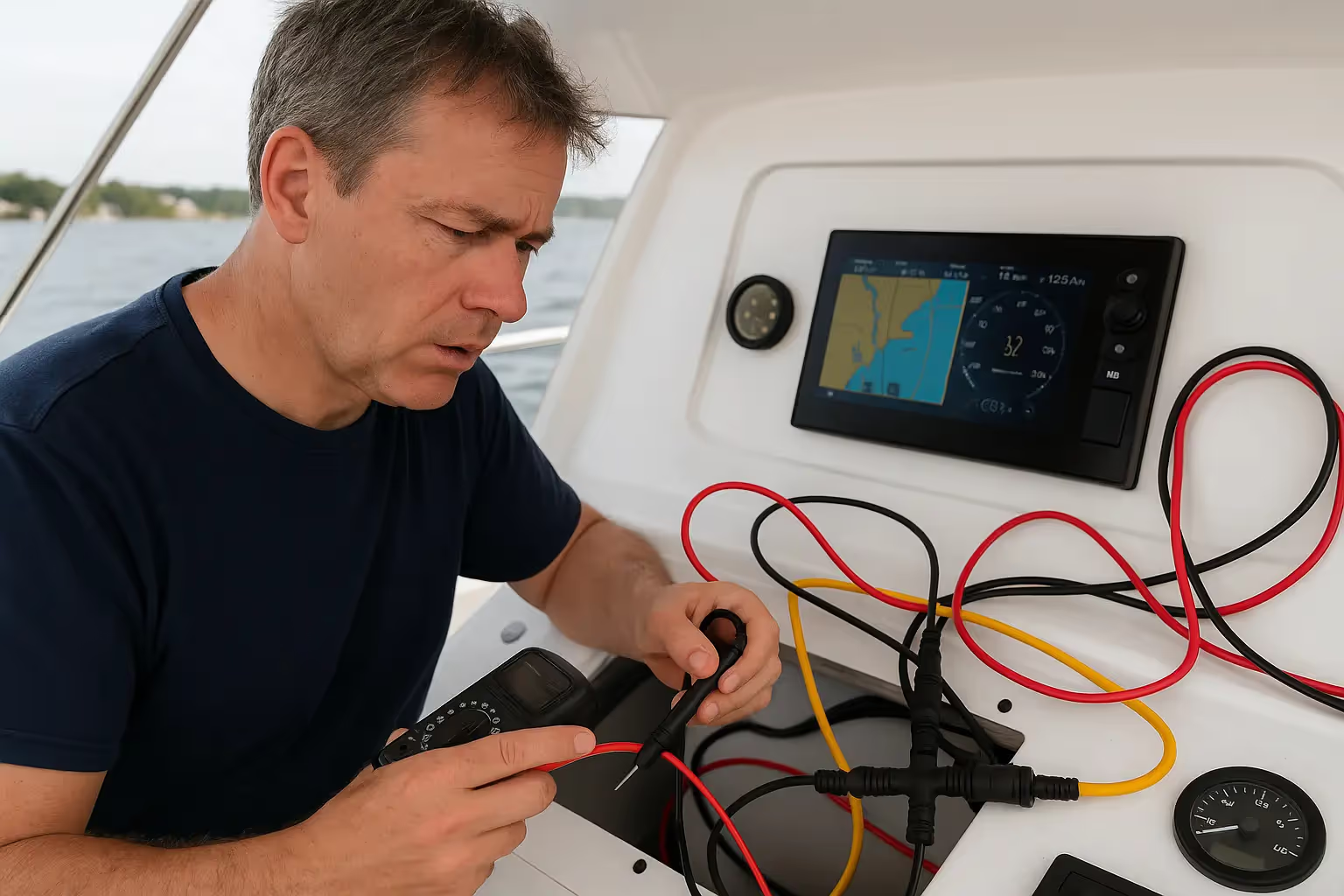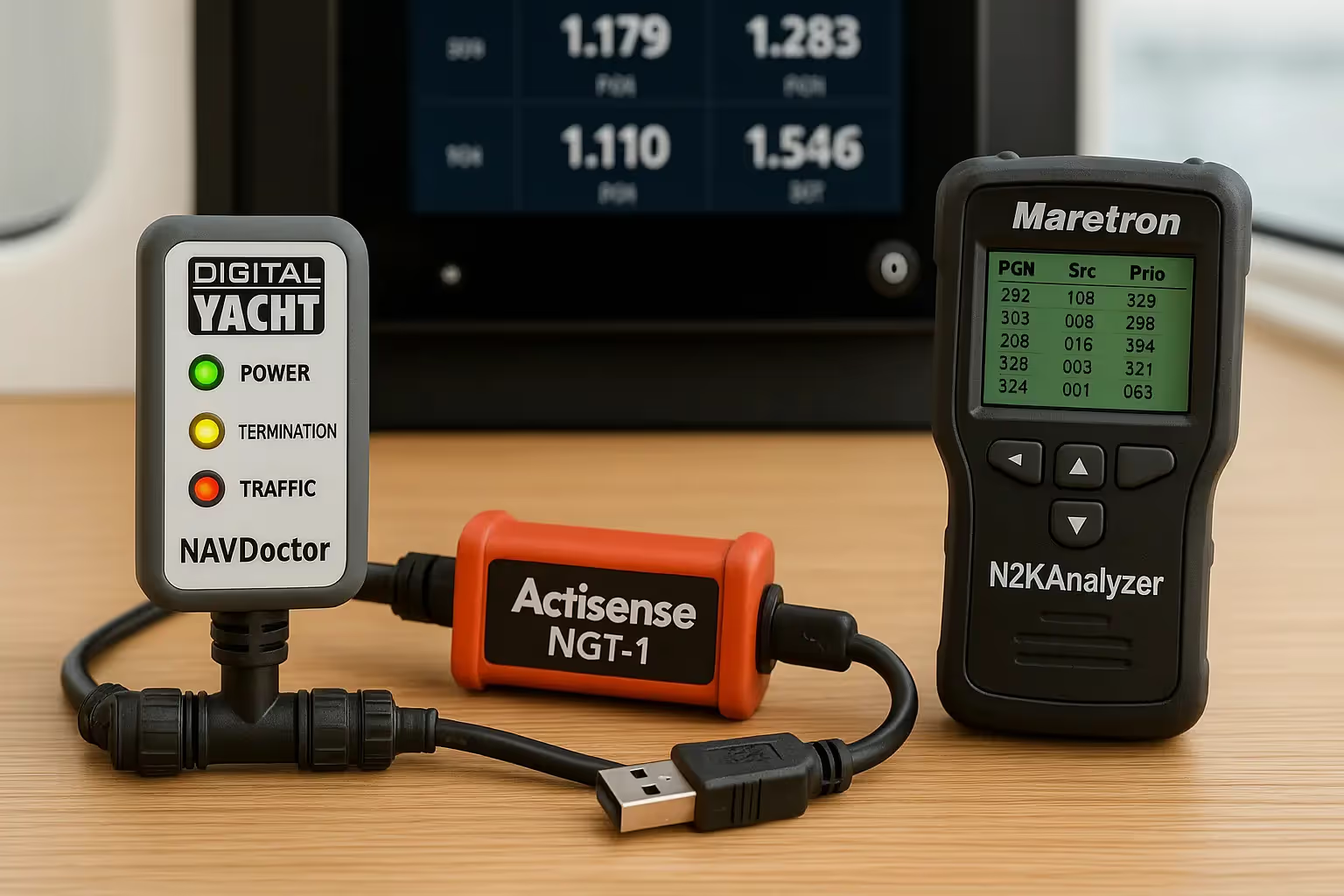Mystical Marine Life of Mallorca: Autumn Edition

1. A Dive into the Deep: Encountering the Majestic Sea Creatures
The Mediterranean is more than simply a sight to see with its enormous expanses of blue water. It is a treasure trove full of a diverse range of marine life, with each species weaving its own story into the complex underwater world. Mallorca, positioned like a gem in this sea, is an epicenter of such marine biodiversity, especially during the autumn months.
The majestic fin whales are one of the most breathtaking creatures you could hope to see. Although an extremely rare sighting, particularly around Mallorca, these gentle sea giants have been known to grace the seas of the western Mediterranean from time to time. Their size and the symphony of their breaths breaking the surface, provide a moment of reflection on nature's grandeur. A fleeting sighting that imprints a lasting memory of their grace and majesty.
Several types of dolphins in playful pods also frequent the seas around the Balearic Islands. They are the sea's darlings thanks to their acrobatic displays, melodic clicks, and curious approaches to boats. Not just a source of delight for sailors and marine enthusiasts, dolphins play a crucial role in the marine ecosystem, often indicating a healthy, thriving environment.
You can get a glimpse into the world of turtles in shallower waters and close to the surface. The loggerhead turtle, with its broad shield-like carapace, often cruises the coastal waters. However, a more elusive traveler is the Silly Turtle. Despite its quirky name, the Silly Turtle is an embodiment of the mysteries that the deep holds. For divers and marine biologists, it has become a prized sight due to its rarity.
Yet, it's not just the friendly or elusive creatures that captivate. The shadows of sharks, particularly hammerheads, makos, and the sleek blue sharks, add a layer of thrill to these waters. Far from being the feared predators of folklore, they are a testament to the balance of life beneath the waves, each playing its unique role in the vast marine ecosystem.
2. The Seasonal Visitors: Tuna and Octopus
As autumn casts its golden hue over Mallorca's shores, the waters become a bustling thoroughfare for some of the sea's most incredible travelers. The powerful and quick tuna stands out among them. Around this time, vast, glittering schools of these amazing fish, which were designed for both endurance and speed, pass through the seas of Mallorca on their epic migration. Their streamlined bodies cut through the water, a sight that mesmerizes both the casual observer and the seasoned marine biologist. The autumn migration of the tuna is more than just a journey; it's a spectacle, a dance of nature that has been performed for millennia.
Alongside these dynamic travelers, the octopus, the master of disguise and strategy, thrives in the nooks and crannies of Mallorca's underwater landscapes. They are seen regularly during the summer, but they become rarer as the water cools and they make their way to deeper water. But their ability to change color and texture is unparalleled, making them fascinating and elusive, if you are lucky enough to spot one. One can often see octopuses navigating the rocky seabeds, their tentacles flowing gracefully, and their intelligent eyes curiously observing their surroundings. Every encounter with an octopus is a lesson in adaptability and resilience, a gentle reminder of the marvels of evolution and the diverse life forms that call Mallorca's waters home.
3. Protecting Our Enchanting Marine Environment
The beauty and diversity of Mallorca's marine environment is not merely a feast for the eyes; it's a delicate balance of ecosystems that have evolved over countless millennia. As sailors, divers, and mere admirers, we have a duty as sailors to make sure that this aquatic paradise is preserved and flourishing for future generations
The seagrass meadows of Mallorca are essential to the quality of the island's waterways. These lush areas, which are sometimes disregarded in favor of coral formations with more vibrant colors, have an unprecedented impact on marine health. They act as nurseries for numerous fish species, serve as a buffet for herbivores, and play a critical role in carbon sequestration, making them crucial in our global fight against climate change. However, these vital meadows are under threat. Every misplaced anchor can cause irreparable damage, tearing up swathes of seagrass and disrupting the fragile ecosystems they support. Sailors must be conscious of where they anchor, ensuring that they avoid these precious underwater meadows.
Additionally, the seas of Mallorca are crystal clear, a monument to their purity, yet preserving this clarity demands effort. Black water from boats, which can release germs and dangerous substances into the environment, can be extremely dangerous. Its safe disposal is not just a suggestion but a necessity. Sailors and boat owners need to be equipped with the knowledge and means to dispose of black water responsibly, away from the coastlines and marine habitats.
Lastly, the age-old adage "Leave no trace" holds profound significance here. The waters around Mallorca are not a dumping ground. Every piece of rubbish, from plastic wrappers to discarded fishing gear, poses a major threat to marine life. It is essential to take responsibility for one's waste, ensure it is disposed of correctly, and promote a culture of cleanliness.
In sum, Mallorca's marine environment is a jewel of the Mediterranean. Protecting it requires a collective effort, a deep understanding of its intricacies, and an unwavering commitment to preserving its enchanting beauty.
Conclusion
Mallorca's waters, painted with the vibrant hues of marine life and the subtle strokes of seasonal changes, are an emblem of nature's brilliance. A mosaic of life that is both uplifting and humbling can be found in the symphony of fin whales, the playful antics of dolphins, the migratory cycles of tuna, and the mysterious charm of octopuses. As we marvel at these wonders, it becomes clear that our role transcends mere observation. We are the guardians of this aquatic realm, tasked with ensuring its sanctity and survival. Let our admiration translate into action, to make sure that the mystical marine tales of Mallorca last for years to come.
FAQs on Mallorca's Marine Life in Autumn
What kind of whales can be spotted around Mallorca?
- Pilot Whales are the primary species seen in the waters of the western Mediterranean. There are Fin Whales too, but sightings are incredibly rare.
Are shark encounters common around Mallorca?
- While various shark species, like hammerheads, makos, and blue sharks, inhabit Mallorca's waters, encounters are quite rare, meaning that the chance of being bitten is extremely low. The last unprovoked shark attack was over 100 years ago.
Why is the Silly Turtle named so, and is it common?
- The Silly Turtle is a rare species and the origin of its name remains a subject of intrigue.
What is the significance of seagrass around Mallorca?
- Seagrass beds are vital for marine ecosystems as they provide habitat and food, and play a role in water purification. Protecting them means preserving the overall health of the marine environment.
How can sailors contribute to protecting Mallorca's marine environment?
- Sailors can play their part by anchoring responsibly, ensuring seagrass beds remain undisturbed, safely disposing of black water, and ensuring no rubbish or waste is left in the water.
















